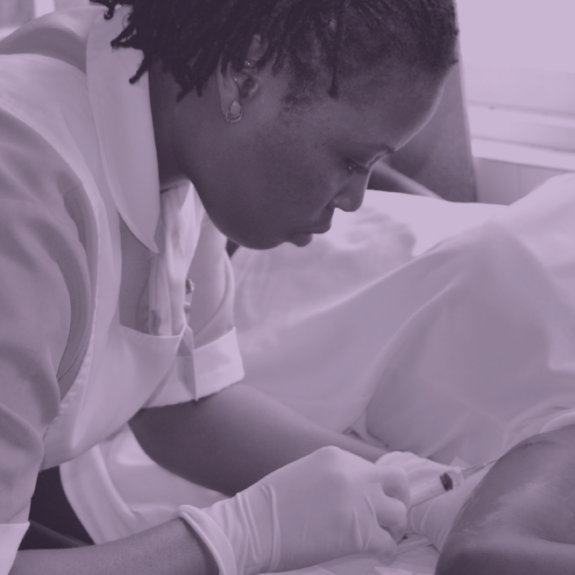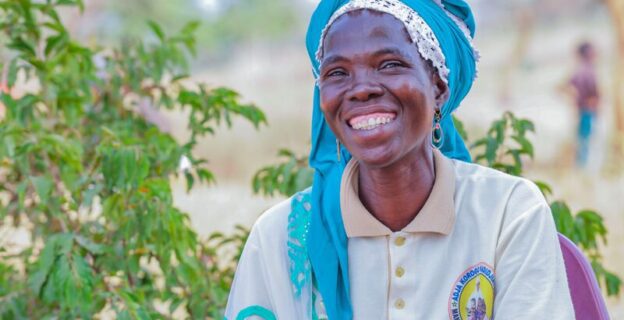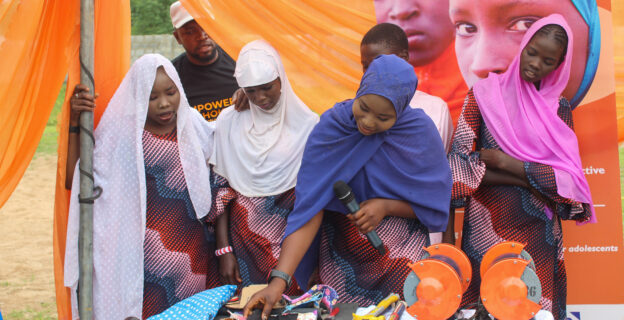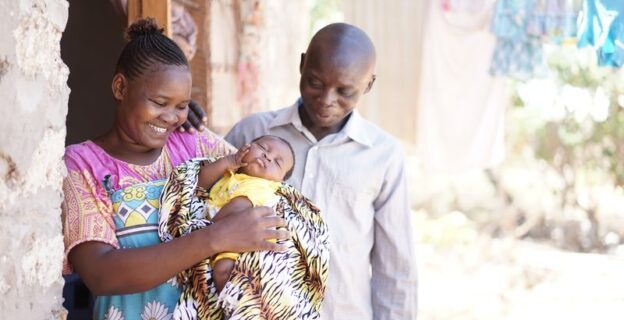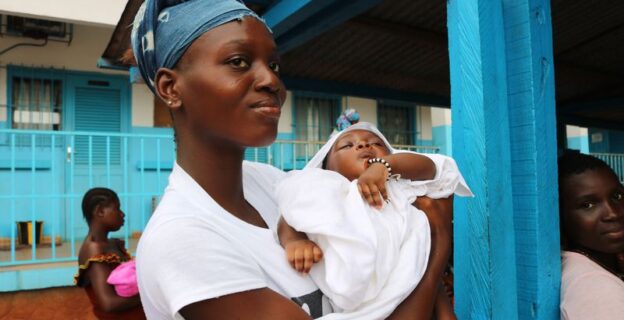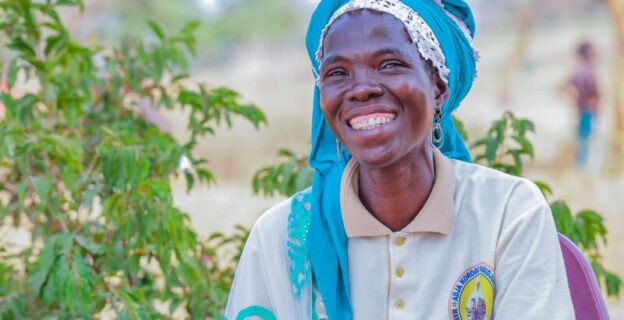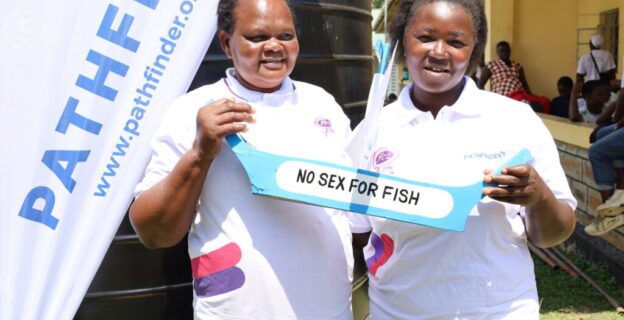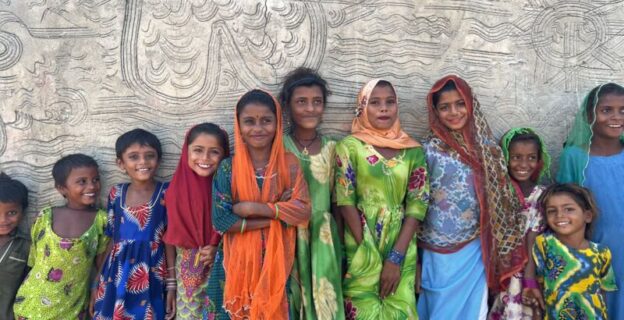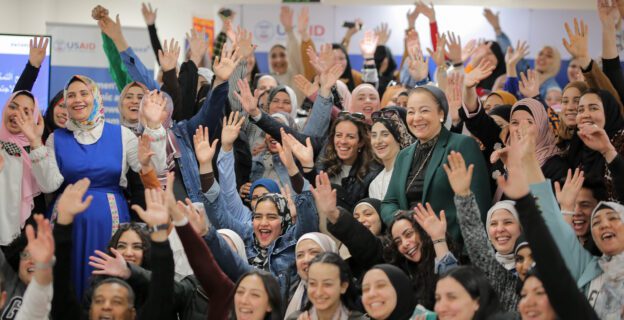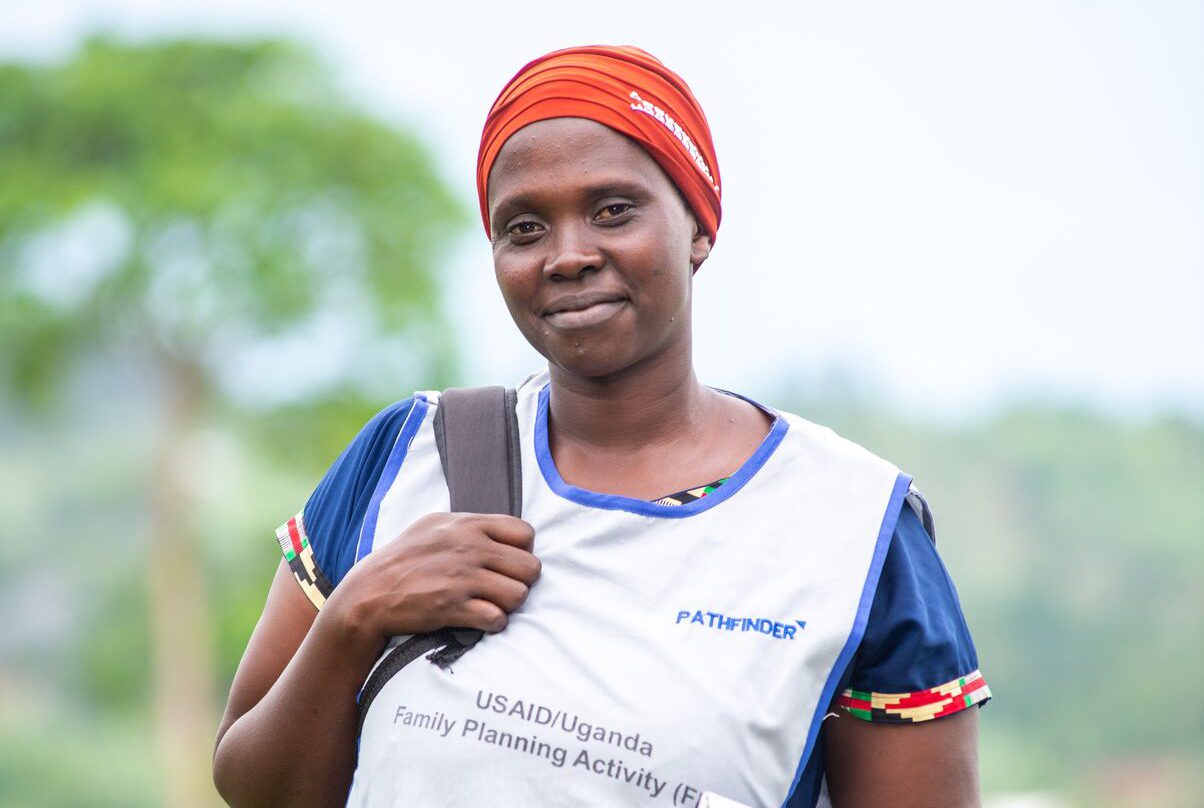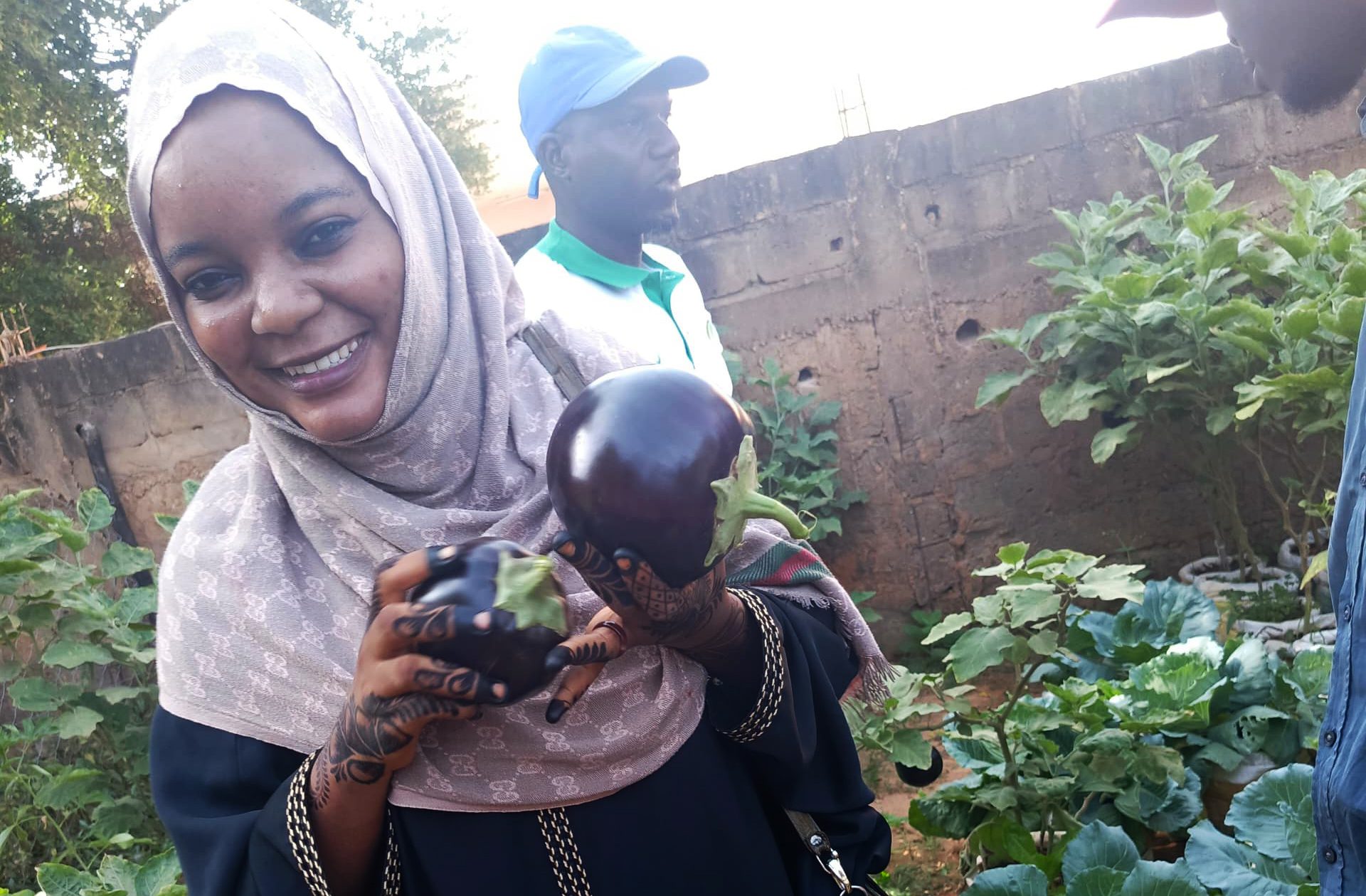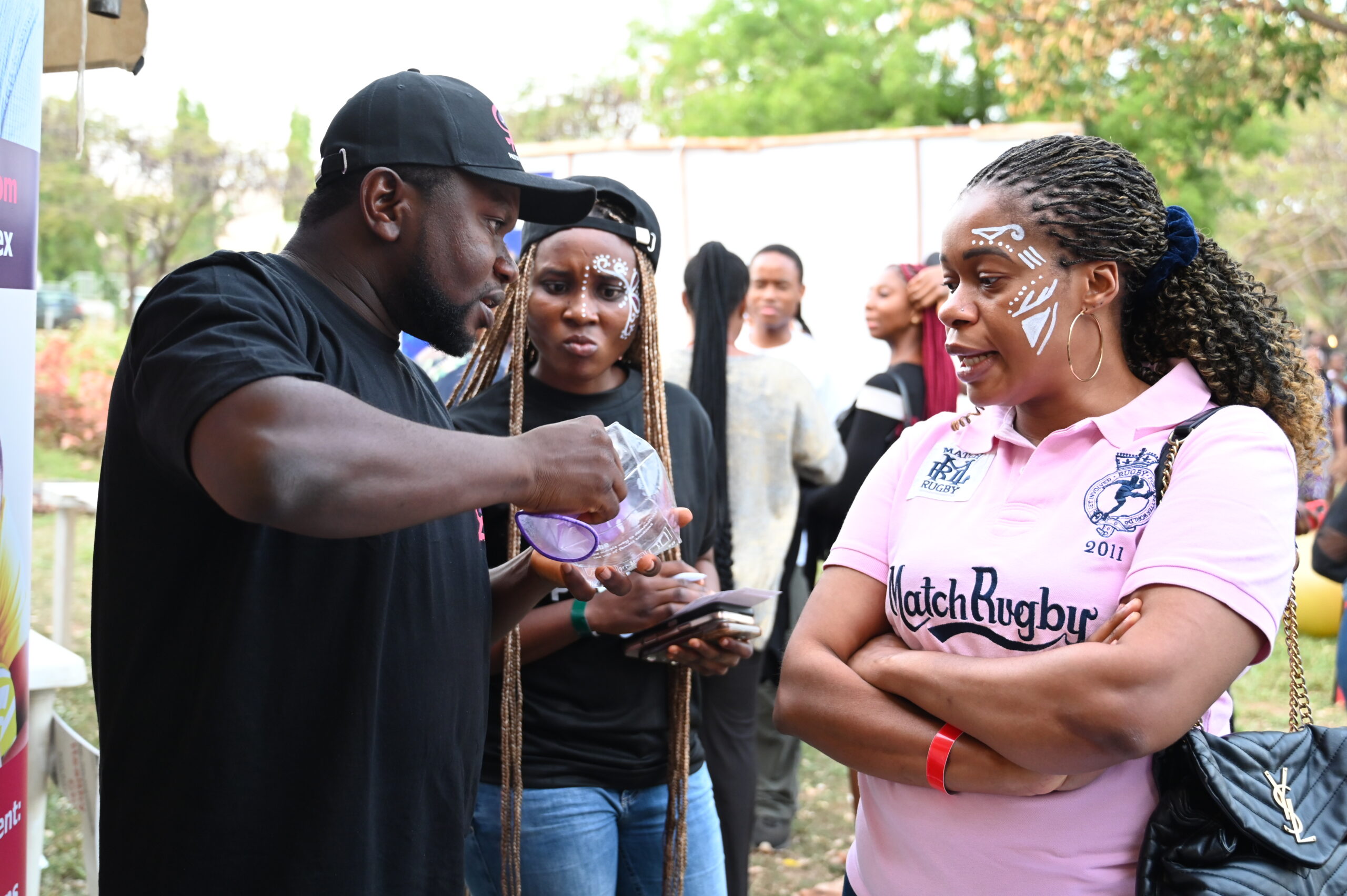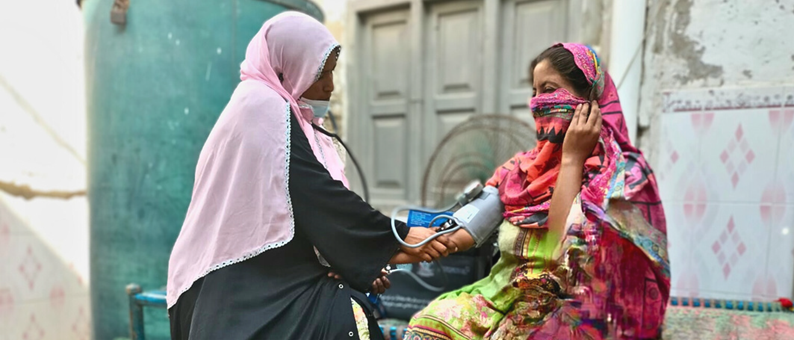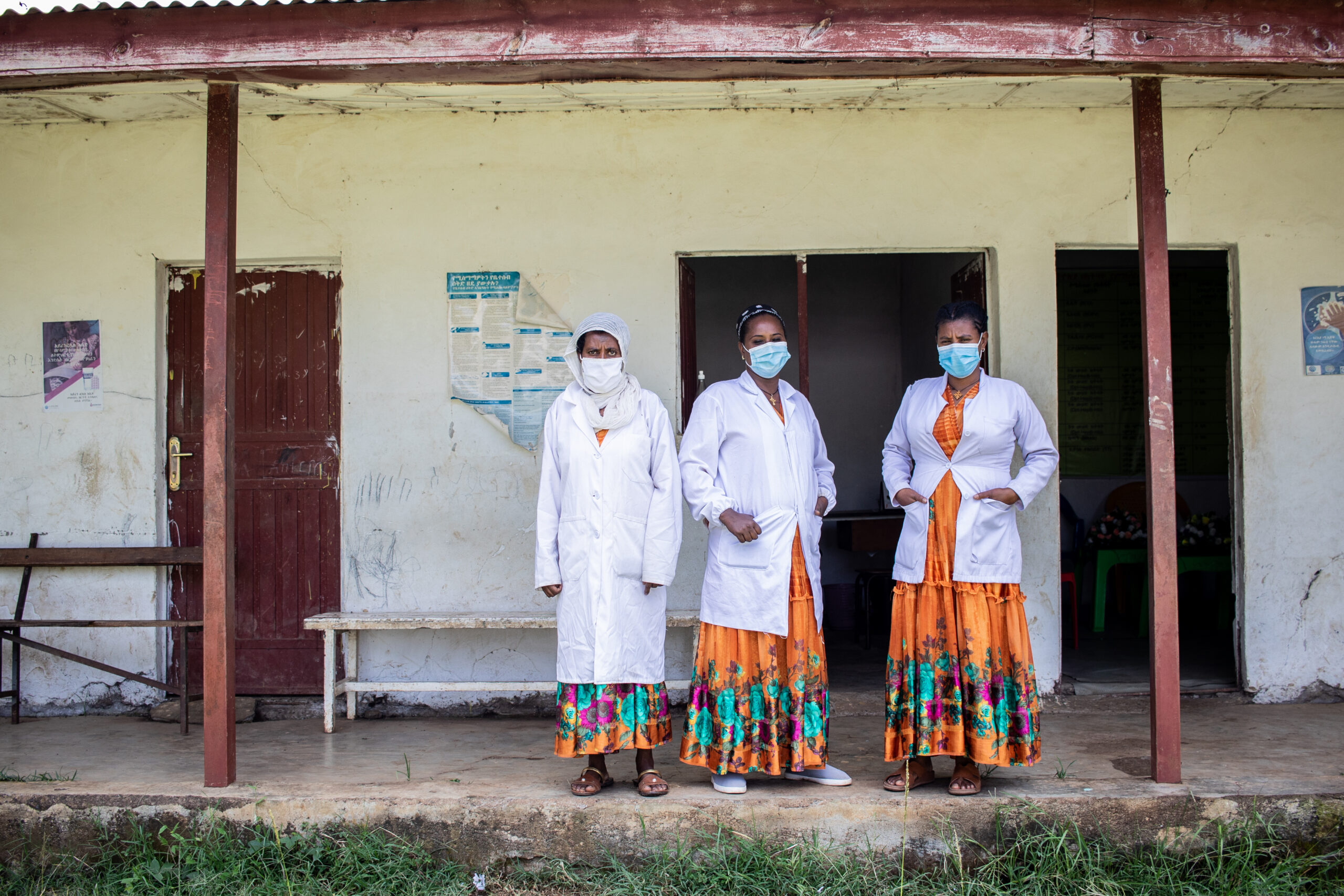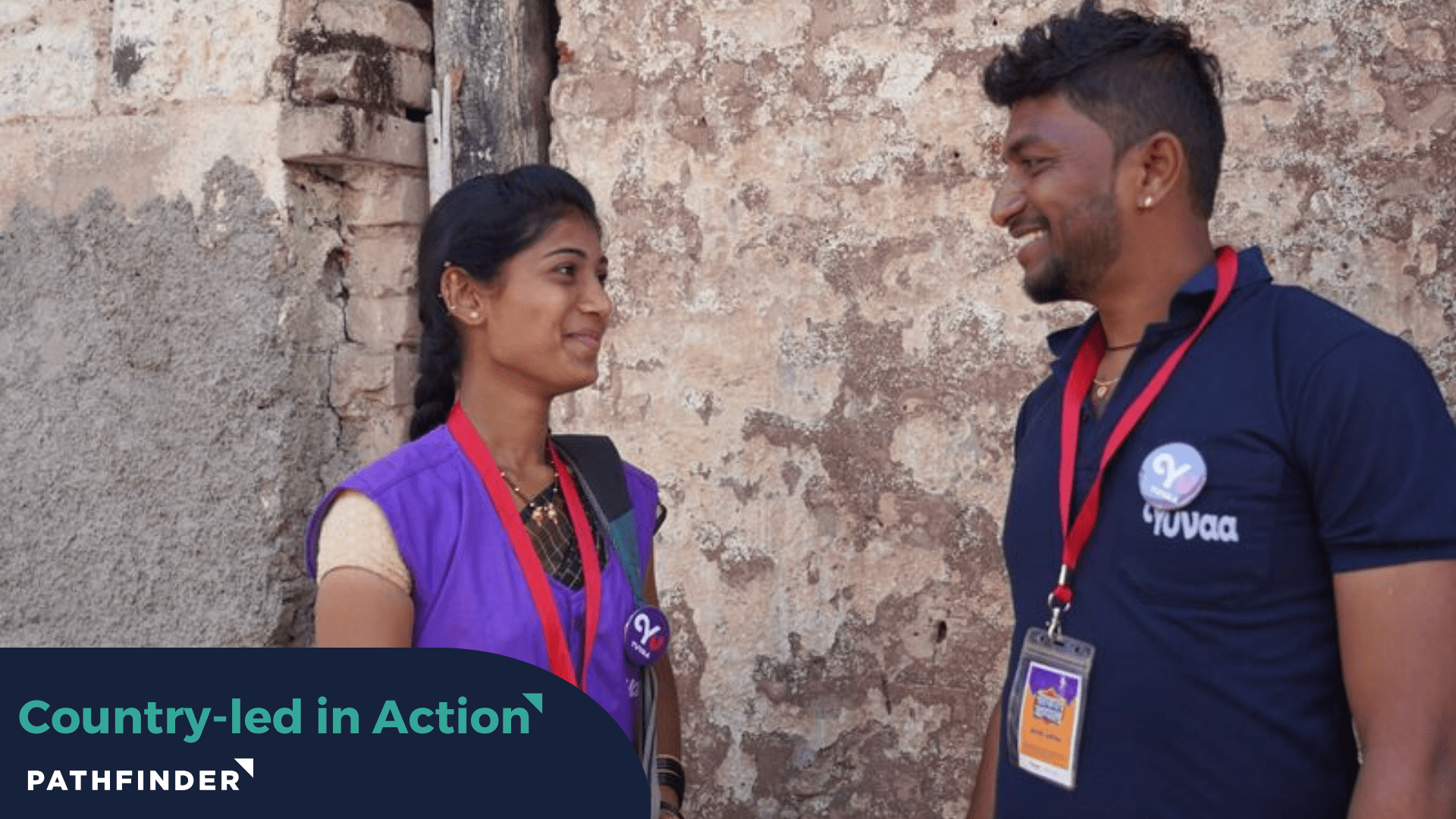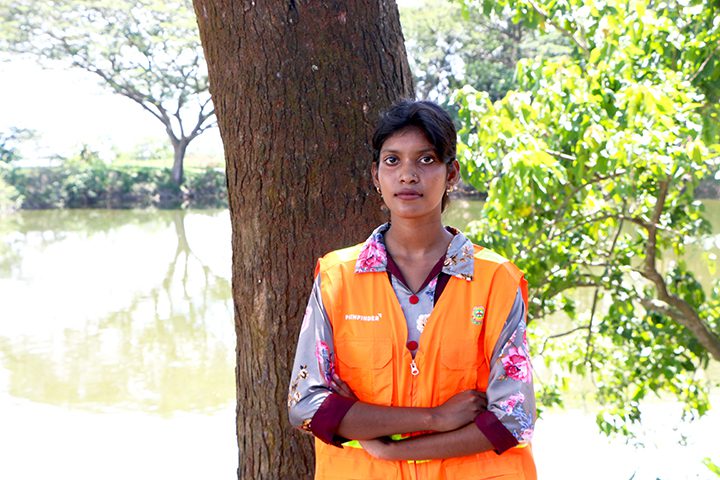In 2015, in response to high demand for implant removal services, the Evidence to Action (E2A) Project led a data subgroup to improve data use, harmonize routine data at the country level, and survey data collected from various projects/initiatives to gain a more thorough understanding of implant removals.
Within the context of routine health management information system (HMIS) data collection, the data subgroup advocated for the collection, reporting, and analysis of these six relevant implant removal markers to track LARC removal issues within national FP HMIS systems:
- Reason for client visit—intrauterine device (IUD) and implant removals included as options
- Reason for seeking removal
- Time since insertion
- Removal outcome (removed; not removed/counseled; not removed/referred for removal)
- Reasons for referral (if removal outcome is “Not removed/referred for removal”)
- Client visit outcome (removal included as an option)
E2A, in collaboration with IFPP, conducted a study to test and document the feasibility of introducing these six recommended removal indicators into Mozambique’s national FP register and HMIS. Some key findings include:
- A total of 795 LARC clients sought FP services for removals. A considerable proportion (14.1%) decided against removal after the initial targeted counseling session offered to all removal clients as per LARC removal guidelines. A much larger proportion (83.5%) of clients had their implants successfully removed.
- Nearly 55 % of 661 clients sought removal services within two years. There were significantly fewer on-schedule removals (n=68; 10.3%).
- The three most frequently reported removal reasons were side effects (33.9%), desire to become pregnant (27.7%), and on-schedule/expired (12.5%).
- Women under age 25 comprised nearly 43% of removal clients, 44% were never married or co-habited, and 38% had three or more children. Parity influenced perceived reasons and duration of use.
- Service providers overwhelmingly perceived that the additional LARCs removal columns in the normal removal addendum were useful and effortless to record. Perceptions of usefulness were associated with the documentation of the number and timing of removals, recognition of the reasons for removals, and insights to quality of services.
Additional Reading:
